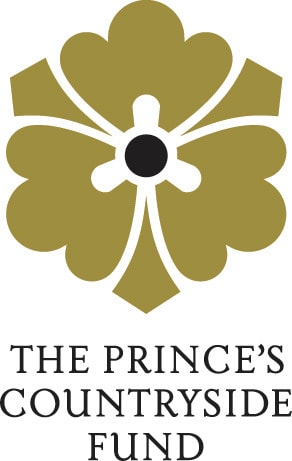The autumn equinox (23 September) marks the start of Seed Gathering Season which runs until 23 October. Promoted by The Tree Council, it aims to inspire everyone to gather seeds, fruits and nuts and grow the trees of the future.
Growing from seed, rather than, say, cuttings, creates a more genetically diverse tree population, which is better able to withstand future challenges including changes in the climate or new pests and diseases. Trees grown from locally collected seed should also be best suited to local conditions, where they can help to conserve and beautify local urban or rural spaces. If you need help, the RHS has advice on saving and growing a wide range of seeds.
Collecting and growing tree seeds is also a great way to bring biology to life, whether it's exploring seed dispersal, understanding germination and seedling development - so much easier to see with big tree seeds - or getting to grips with food chains by finding out which creatures feed on the seeds. Even if you don't plant them all, tree seeds and fruits can make brilliant subjects for art and design projects, open windows into history and folklore, and even provide recipe ingredients.
The Woodland Trust has detailed profiles of all British native trees, and many common non-natives, to help with identification and with understanding each tree's value to us and to wildlife, its symbolism and the seasonal changes it undergoes.















